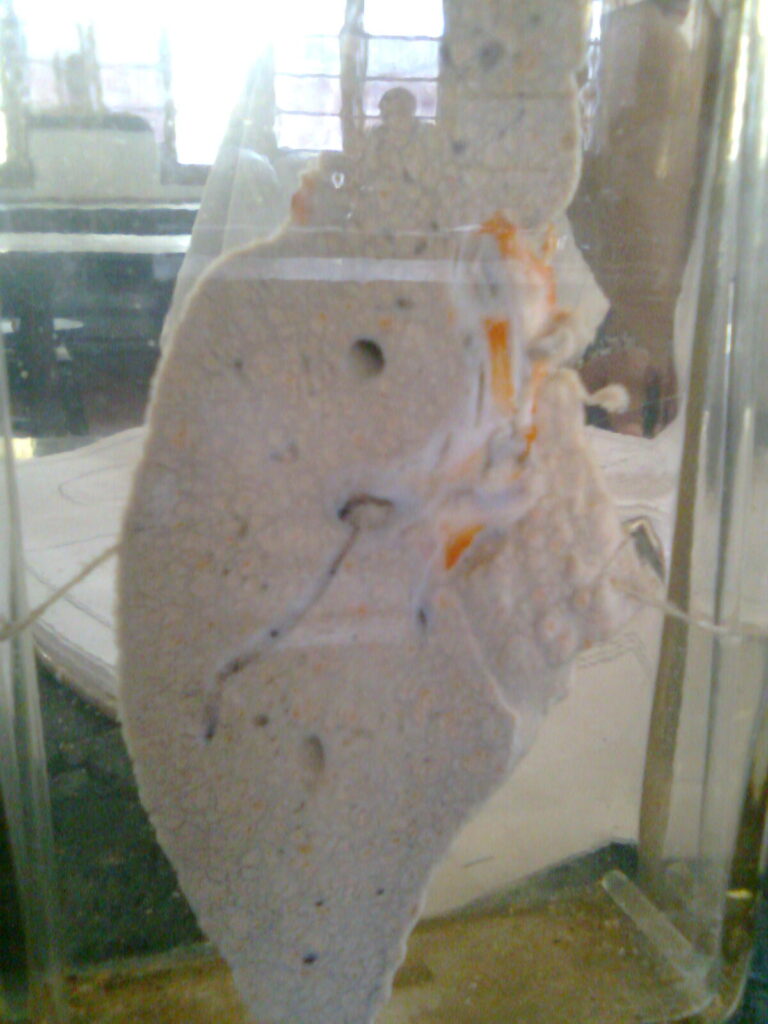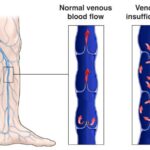Hepatic cirrhosis, a chronic liver disease characterized by progressive fibrosis and impaired liver function, often leads to complications such as edema. Edema manifests as fluid accumulation in various body parts, notably the abdomen (ascites) and lower extremities. This article delves into the pathophysiology, clinical manifestations, and management strategies of edema associated with hepatic cirrhosis.

Pathophysiology of Edema in Hepatic Cirrhosis
The development of edema in cirrhosis is multifactorial, primarily involving:
- Portal Hypertension: Cirrhosis-induced scarring obstructs blood flow through the liver, elevating pressure in the portal vein. This increased pressure forces fluid into the abdominal cavity, resulting in ascites.
- Hypoalbuminemia: The liver’s compromised ability to synthesize albumin leads to reduced plasma oncotic pressure, facilitating fluid leakage into interstitial spaces and body cavities.
- Sodium and Water Retention: Activation of neurohumoral pathways, including the renin-angiotensin-aldosterone system, promotes renal retention of sodium and water, exacerbating fluid accumulation.
These mechanisms collectively contribute to the characteristic edema observed in cirrhotic patients.
Clinical Manifestations
Edema in hepatic cirrhosis presents as:
- Ascites: Accumulation of fluid within the peritoneal cavity, leading to abdominal distension and discomfort.
- Peripheral Edema: Swelling of the lower extremities, particularly the feet and ankles, due to fluid accumulation in the interstitial tissues.
These symptoms not only affect the patient’s quality of life but also indicate advanced liver disease requiring prompt medical attention.
Diagnostic Evaluation
Accurate diagnosis involves:
- Clinical Assessment: Physical examination revealing abdominal distension, shifting dullness, or pitting edema in the limbs.
- Laboratory Tests: Evaluations showing hypoalbuminemia, elevated liver enzymes, and altered coagulation profiles.
- Imaging Studies: Ultrasound or CT scans confirming fluid accumulation and assessing liver morphology.
- Paracentesis: Analysis of ascitic fluid to determine its etiology and detect potential infections.
These diagnostic tools are essential for formulating an effective management plan.
Management Strategies
Treatment focuses on:
- Dietary Modifications: Implementing a low-sodium diet to mitigate fluid retention.
- Pharmacotherapy:
- Diuretics: Spironolactone, often combined with furosemide, to promote fluid excretion.
- Albumin Infusions: In cases of significant hypoalbuminemia or large-volume paracentesis, to restore oncotic pressure.
- Paracentesis: Therapeutic removal of ascitic fluid, especially when respiratory compromise or severe discomfort occurs.
- Addressing Underlying Causes: Managing factors such as alcohol consumption, viral hepatitis, or other hepatotoxic insults to prevent further liver damage.
A multidisciplinary approach, including hepatologists, dietitians, and primary care providers, is crucial for optimal patient outcomes.

